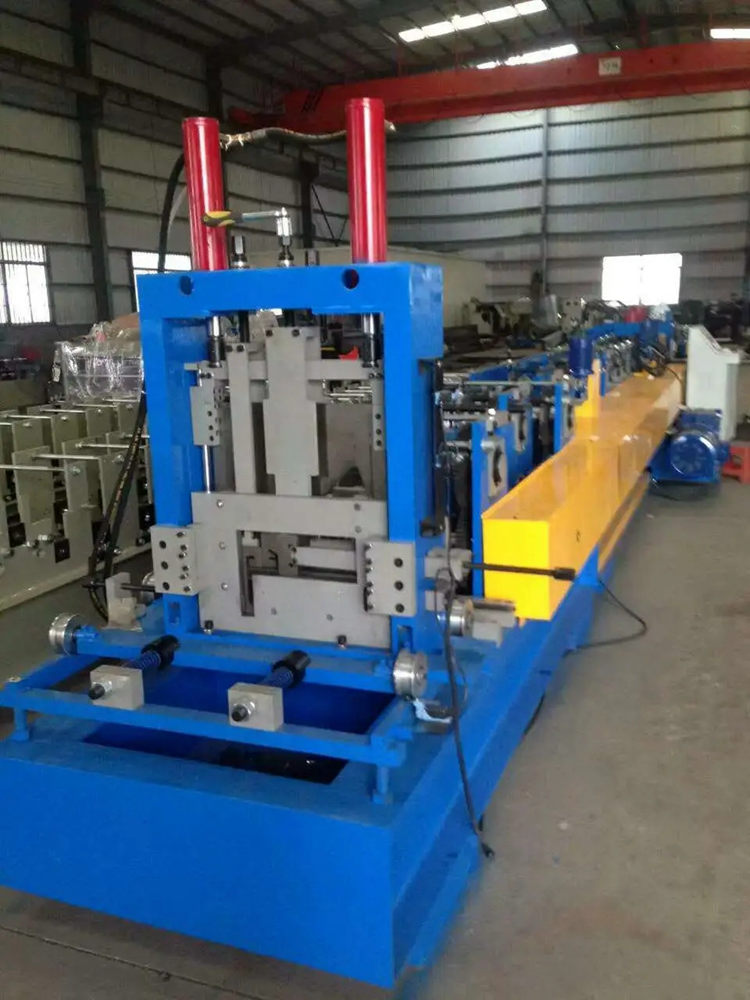
The Evolution of Downpipe Machines Revolutionizing Drainage Solutions
In an ever-evolving landscape of construction and drainage solutions, the introduction of downpipe machines has made significant strides in optimizing the efficiency and effectiveness of water management systems. These machines play a crucial role in the installation and maintenance of downpipes, which are integral for directing rainwater from rooftops to drainage systems, thus preventing water accumulation and potential damage to buildings.
Understanding Downpipe Machines
Downpipe machines are specialized equipment designed to facilitate the accurate cutting, bending, and installation of downpipes. Traditionally, these processes required a labor-intensive approach, with workers relying on manual tools and their skills to create downpipes of varying shapes and sizes. However, as the demands for efficient construction practices have increased, so too has the need for more advanced machinery that can streamline these operations.
Modern downpipe machines are engineered with precision technology, allowing for automated cutting and shaping of materials. Typically made from aluminum or PVC, these pipes are essential in ensuring effective water drainage. By incorporating computer numerical control (CNC) capabilities, manufacturers have enhanced the consistency and quality of downpipe production, reducing waste and improving overall performance.
Benefits of Using Downpipe Machines
1. Increased Efficiency One of the primary advantages of downpipe machines is their ability to significantly reduce the time required for installation. With automated processes, contractors can complete projects faster, ensuring that buildings meet deadlines without compromising on quality.
2. Precision and Accuracy Unlike manual methods, which can be prone to human error, downpipe machines provide a level of precision that ensures downpipes are cut and shaped to exact specifications. This not only enhances the aesthetic appeal of the building but also ensures adequate water flow, minimizing the risk of clogs or overflow.

3. Cost-Effective Solutions In the long run, investing in downpipe machines can lead to substantial cost savings. The efficiency gained through automation reduces labor costs, while the precision of the machinery minimizes material wastage. Additionally, high-quality installations lead to fewer repairs and replacements over time.
4. Versatility Downpipe machines are adaptable to various types of downpipes, accommodating different materials and designs. This versatility allows contractors to meet the diverse needs of their clients and tailoring solutions to fit specific architectural designs.
5. Sustainability Modern downpipe machines often utilize eco-friendly materials and processes, aligning with the industry's push towards sustainability. By minimizing waste and energy consumption, these machines contribute to greener building practices, which are increasingly becoming a priority in construction.
The Future of Downpipe Technology
As technology continues to advance, the future of downpipe machines looks promising. Innovations such as smart technologies and IoT integration are likely to enhance functionality, allowing for real-time monitoring and diagnostics. This could lead to predictive maintenance, ensuring that equipment operates at optimal levels, thus prolonging its lifespan.
Furthermore, the rise of 3D printing technology presents exciting possibilities for the design and customization of downpipes. With the ability to create bespoke components that meet precise requirements, contractors could offer even more tailored solutions to their clients.
Conclusion
In conclusion, downpipe machines represent a significant advancement in the construction and drainage industry. With their ability to enhance efficiency, precision, and cost-effectiveness, these machines are transforming the way downpipes are manufactured and installed. As technology continues to evolve, the integration of smart solutions and sustainable practices will likely further revolutionize this essential aspect of construction. The future of downpipe machines is not just about improving performance; it’s about creating resilient, efficient, and aesthetically pleasing drainage systems that can withstand the challenges of a changing environment. Embracing these technological advancements will ensure that buildings remain protected from water damage while meeting the growing demands of modern construction.